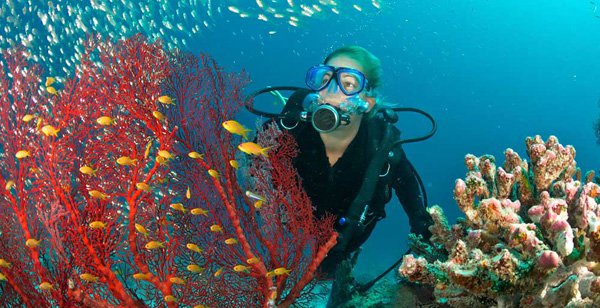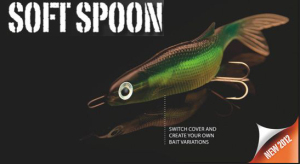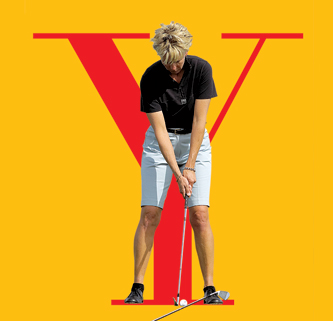To become a great hockey skater, correct skating technique is imperative. In the process of learning to execute a skating maneuver correctly, I insist that players initially slow down their legs. All learning takes place in stages and hockey skating is no exception; in hockey skating the stages are as follows: First learn to execute each maneuver correctly, then powerfully and correctly, then quickly and correctly. The ultimate goal is to move the legs through their full range of motion, as rapidly as possible.
Coaches often emphasize quick feet more than anything else. The problem with this is that in attempting to move their legs quickly, players tend to disregard technique. They end up moving their legs a million miles an hour, wasting lots of energy and "going nowhere fast".
Quickness is most effective when players move their legs correctly, powerfully, through their full range of motion and as rapidly as possible. It's important to understand that leg speed is a variable. Quickness training does a lot to improve leg speed, but some players naturally move their legs faster than others. Short players can move their legs faster than tall players. When tall players try to move their legs as fast as short players they sacrifice full range of motion and end up skating with short, choppy strides.
A few NHL players who are excellent and quick skaters are Scott Niedermayer, Doug Brown, Brian Rafalski, Brendan Morrison, Paul Kariya, Pavel Bure, Sergei Federov and Jaromir Jagr.
In hockey, quickness is trained off the ice by running sprint intervals. This is a highly recommended form of training because while in the process of running at full speed, skating technique is not affected. Quickness is also trained on the ice by skating sprint intervals. When training for quickness, it is important to avoid fatigue - fatigue inhibits the ability to move one's legs at top speed. Quickness intervals therefore involve short sprints followed by long rest periods that allow for full recovery.The recommended intervals when training for quickness are 1:5 or 1:10 (work:rest). Following are some guidelines for quickness training off and on the ice.
One excellent way to improve quickness on the ice is by skating to music of varying (ever more rapid) tempos.
Another aspect of quickness training is Over-speed training. This type of training requires players to skate at leg speeds that are out of control and out of the comfort zone. These workouts are non-technical in nature. Players are expected to fall; they surely will mess up. However they eventually adapt to the new level of leg speed. At this point they must skate at leg speeds that are once again out of control. Ultimately they adapt to this new level of leg speed. And so on. Over-speed training can also be done to (fast) music. Music makes the training more fun.
Oman offers cave diving and other scuba diving holiday options

Fishing Articles : Soft Spoon- spoon and swimbait Combo


Copyright © www.mycheapnfljerseys.com Outdoor sports All Rights Reserved